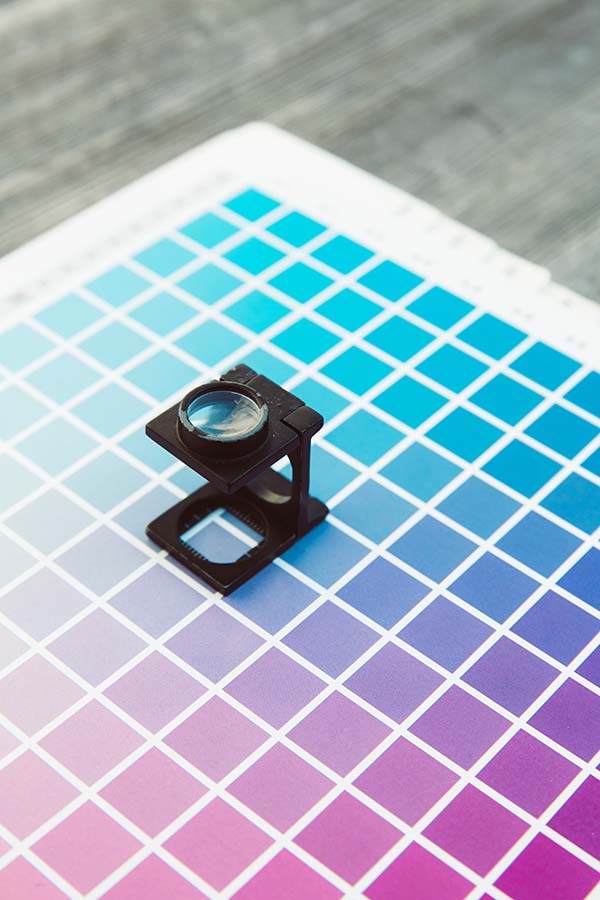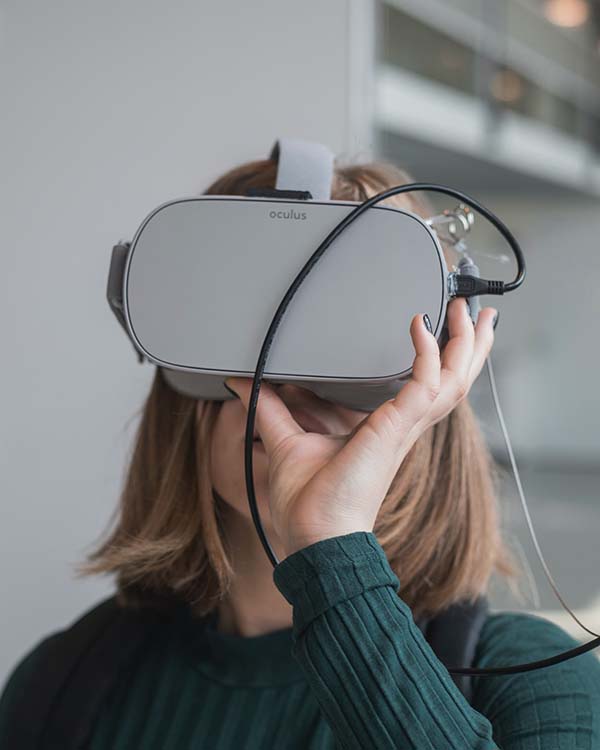If people had to answer the question ‘do they take the world for granted?’ their answer will likely be a resounding ‘yes.’ It is only natural. The time and space to appreciate all that’s around us in day-to-day, even week-to-week, life can be limited; we’re too busy. Children are running around; workloads require long days. It’s a difficult balance.

Photo, Markus Spiske.
When we do pause, though, we see the world a little differently for a moment. We appreciate it. Those pauses can be self-directed or forced upon us. They can be transformative. Technology can facilitate or be a necessary because of these pauses and transformations. During the process, our same world can feel different: it is both the world we know and the world we knew.
Colour Blindness: Being colour blind doesn’t necessarily mean the world is monochromatic. It can be, but this type of colour blindness is rare. More common types are red-green colour blindness and blue-yellow colour blindness. These are when the two colours look similar and indistinguishable. It can make certain activities difficult. The world is designed with assessing and seeing colour difference as a minimum standard. Adverts, areas of space, crayons; these could all just be much-for-much blocks of a single colour.
The Berkeley-based EnChroma company develop their collection of eyewear to enable people with colour blindness to see the world as distinct colours. They say, “It’s not just about seeing colour, but about seeing the world.” You are probably familiar with reaction videos which show the overwhelming joy people who put on these glasses feel, stunned by brightness and difference. It’s a twofold impression: they experience the world’s beauty and the viewer appreciates the world’s beauty.

Photo, Oscar Keys.
Corneal Blindness: Corneal disease disproportionately affects the poorest people in the world. What happens is vision becomes cloudy or distorted, and it can eventually result in blindness. There are three reasons this happens: the cornea can become cone-shaped, it can become swollen, and fluid cannot be drained away. Corneal disease can be hereditary, or be caused by infection, trauma, or illness.

Photo, Maxim Hopman.
The Tej Kohli Foundation—a not-for-profit which is partially funded by Kohli Ventures—is on a mission to eliminate corneal disease. They offer funds to institutes and companies looking to help them with their pledge, as well as develop their own treatments and technology. They hope to give as many victims access to their care to cure their disease.
The slow degradation and loss of sight feels isolating: independence is lost and the world clouds and distorts. Surgery to replace the failing cornea with an artificial one can give sufferers a new lease of life. The world opens up again: everything from the Sagrada Familia to their own back garden.
VR: Virtual reality is ground-breaking technology. It will fundamentally change how we see and interact with the world around us. The Oculus Quest 2, for example, will transport us from our living room to Machu Picchu or York’s The Shambles. There will be those who discredit the sights as artificial, not real, as if it’s ever really about that. It’s about the feeling. All of the people’s world is valid: every inch and every pixel.








